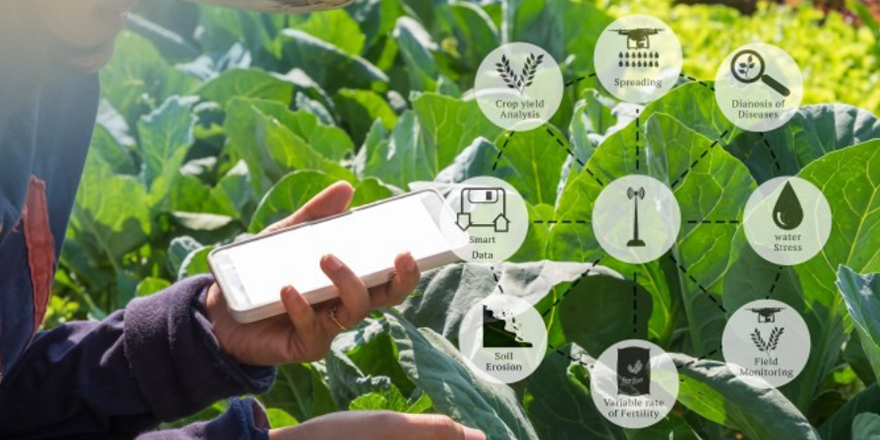
Executive Summary
The trend to towards the development and use of bioprotectants to control crop pests and disease is now in a surge mode, as evidenced by growth rates in bioprotectant sales (3x that of chemical protectants), start-up company formations, mergers and acquisitions, and multinational and venture capital investments. The stars are aligned in New Zealand for us to engage in this trend and indeed take a leadership position in it.
This report begins with some necessary background and context to this endeavour, followed by an assessment of market drivers and local and global opportunities that present themselves for bioprotectant development. An overview of New Zealand capabilities in public sector research institutions and their enviable track record bodes well for the ability to deliver on the goal of being a partner in bioprotectant development at a global level.
Looking back at the factors that have promoted or constrained past product developments, and the nature of our commercial partnerships, then enables us to develop a strategy to achieve a more focussed, collective, engaged approach to new product development, resulting in clear benefits to all participants in the value chain of bioprotectant development, commercialisation and use.
A vision for 2030 could look like this:
- Fundamental science activity is adequately resourced to support product development
- There is a branded and collective ‘front door’ through which bioprotectant IP is channelled to commercial partners and thence the market
- Commercialisation and business development professionals are active from within this entity
- This entity also acts to promote awareness of NZ capabilities to attract investment and co-development partnerships
- Product developments are tied to clear market needs, especially global opportunities
- Product development is coordinated across key public sector institutions
Commercial partnerships begin early in the development phase, are robust and enduring - Several IP assignments or licenses are executed for bioprotectants every year
- The regulatory framework favours bioprotectant development and registration
- Revenue exceeds NZ$15m per annum and continues to grow
The product brand is established and respected overseas.
Recommendations
Section 5 details a strategy to enhance bioprotectant development in New Zealand for global markets. In summary, the proposed actions encompass recommendations in the following categories:
Revenue sources
Private capital; redirection of internal funds; ‘A Lighter Touch’ programme engagement
Scientific Expertise
Postgrad and postdoc support; public-private research secondments and exchanges; sponsored senior research positions
Foundation science
Target biology and ecology; culture collections; new sources of accessions; biofermentation facilities; nanostring technology
Commercial partnerships
Earlier engagement models; strategic relationships are formalised; active relationship management
Prioritising product goals
Focus on global markets; greater rigour via new assessment tools applied early; new modes of action developed; semiochemical-based control products developed; targets agreed with commercial partners; microbial consortia; new markets (floriculture, postharvest); wider label claims on existing products
Commercialisation
Patentability a key criterion; improved contractual conditions in testing with commercial partners; performance criteria in licenses
Regulatory reform
Broadening group standards; preferential review for bioprotectants; referencing overseas data
An incorporated entity
For collective IP and commercialisation activity from public sector organisations; branded
Sector engagement
More extensive engagement of public sector professionals in agrichemical/bioprotectant industry events and organisations
Validation of biocontrol
Post-market data and practices to validate technology; industry outreach programme for biocontrol.
Above all, focussed leadership and a collective mind-set from public and private organisations, and a vehicle for it, will be needed to bring this strategy to fruition.




